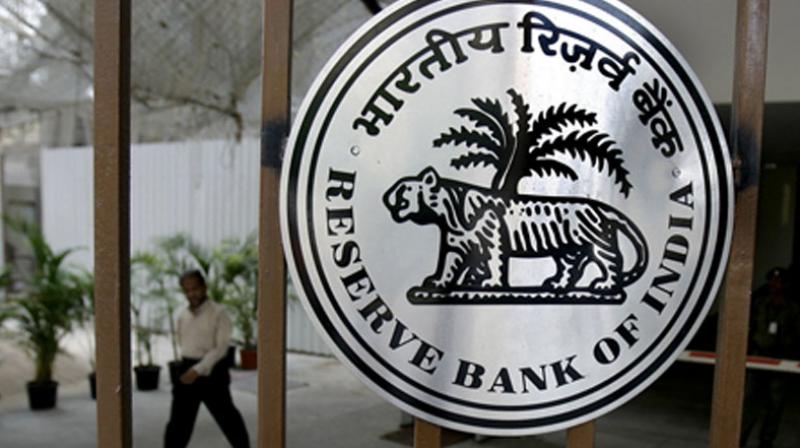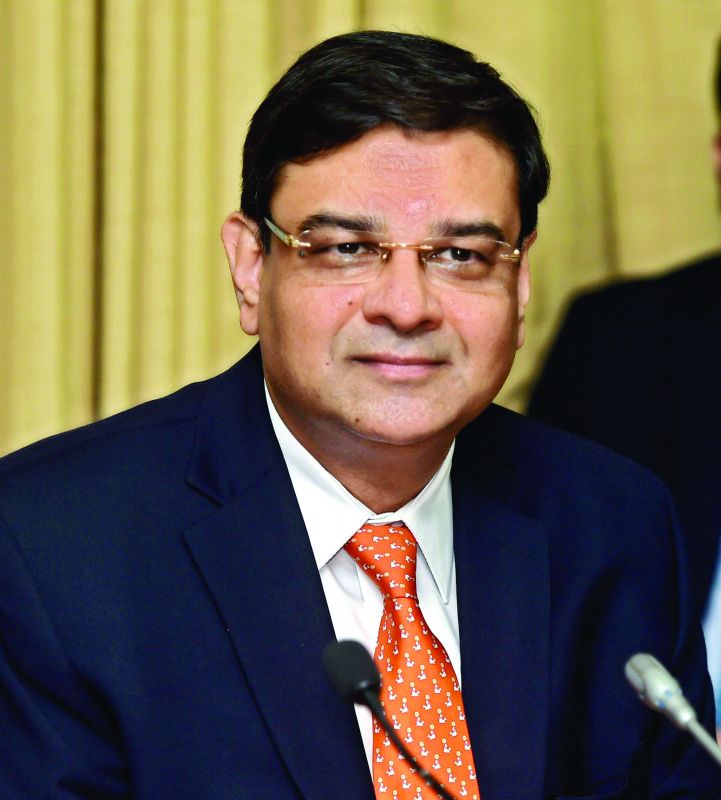RBI keeps rates unchanged
Warns about fiscal stimulus, raises inflation predictions, frees liquidity.

Mumbai: Despite a serious slowdown in domestic growth, RBI on Wednesday decided to keep its key policy rate unchanged at 6 per cent citing upside risk to inflation. RBI also cautioned the government against any fiscal stimulus package arguing that the combined fiscal deficit of both the centre and the states are already in the region of 6 per cent of the GDP and such fiscal action could undercut India’s macro-economic stability.
However, the central bank surprised market participants by slashing the statutory liquidity ratio (SLR), or the amount of bonds that banks must set aside with the central bank, by 50 basis points to 19.50 per cent from mid-October. The move is likely to infuse more liquidity into the system bolstering the ability of the banks to lend more.
With the CPI inflation rising by around 2 percentage points since its August meeting, the Monetary Policy Committee now expects inflation to range between 4.2–4.6 per cent in the second half of this fiscal year, which is well above its target of 4 per cent.
According to RBI, the rise in inflation has coincided with the escalation of geo-political tensions that has firmed up the prices of crude oil. While the domestic food price index has remained largely stable, RBI noted that the generalised momentum is building on prices of items excluding food, especially emanating from crude oil and some price revision in the wake of implementation of GST.
According to RBI, there are a couple of factors that continue to impart upside risks to baseline inflation trajectory.
Status report by RBI
This is an official assessment made by the rbi about the Indian economy in its own words. We have indicated whether it is good or bad using smileys.
Real gross value added (GVA) growth slowed significantly in Q1 of 2017-18, cushioned partly by the extensive front-loading of expenditure by the Centre.
GVA growth in agriculture and allied activities slackened basis in the usual first quarter moderation, partly reflecting deceleration in the growth of livestock products, forestry and fisheries.
Industrial sector GVA growth fell sequentially. The manufacturing sector grew by 1.2 per cent, the lowest in the last 20 quarters.
 Sujith Patel
Sujith Patel
Construction picked up pace. Financial, real estate and professional services have turned around from their lacklustre performance.
The mining sector entered into contraction in Q1 of 2017-18 on account of a decline in coal production and subdued crude oil production.
Services sector performance bounced back after a persistent
slowdown throughout 2016-17.
Growth in private consumption expenditure was at a six-quarter low in Q1 of 2017-18.
The south-west monsoon, which arrived early, lost momentum from mid-July to August, the key period for kharif sowing.

